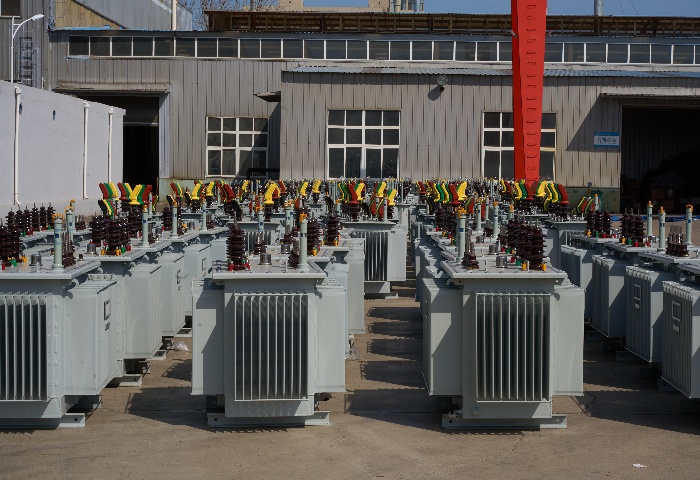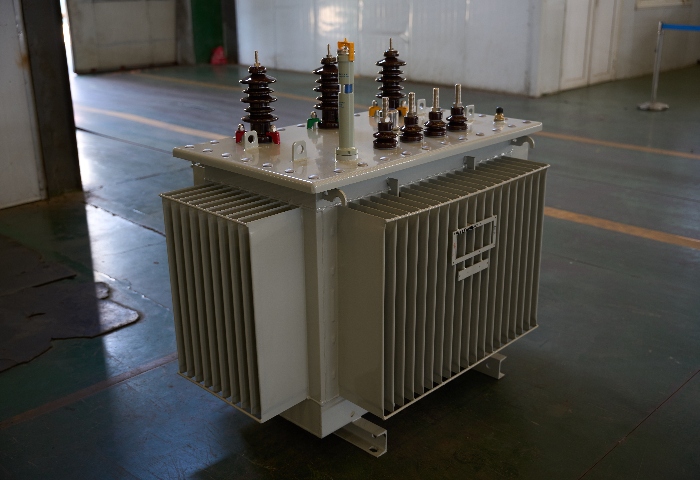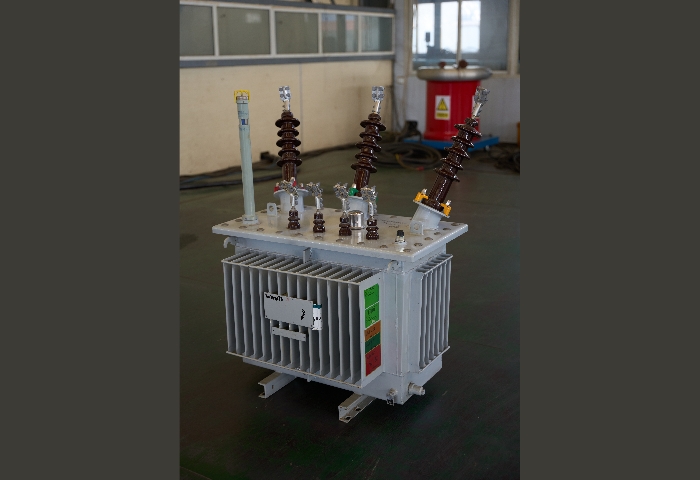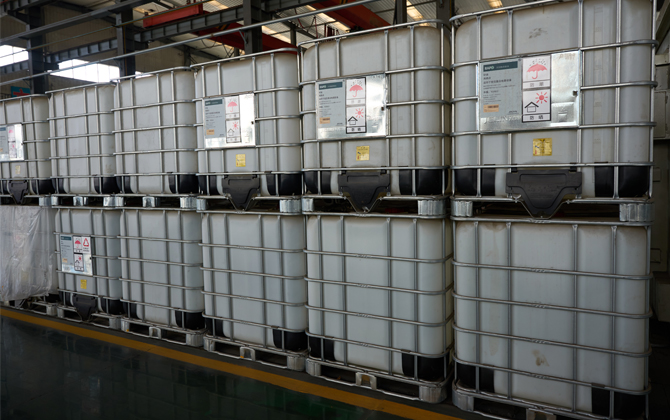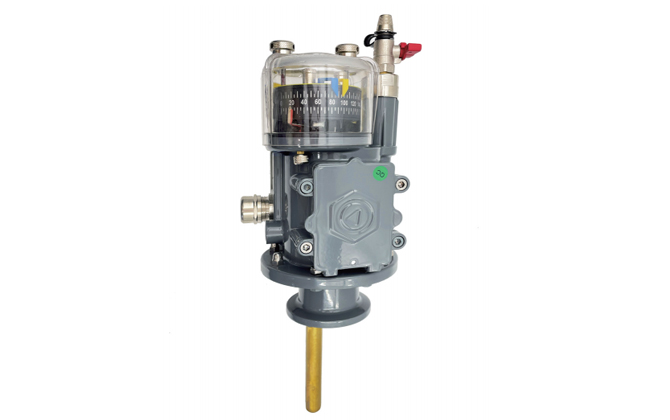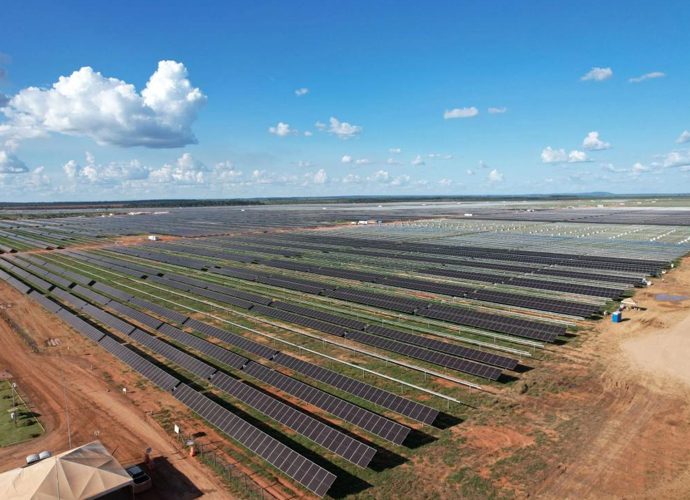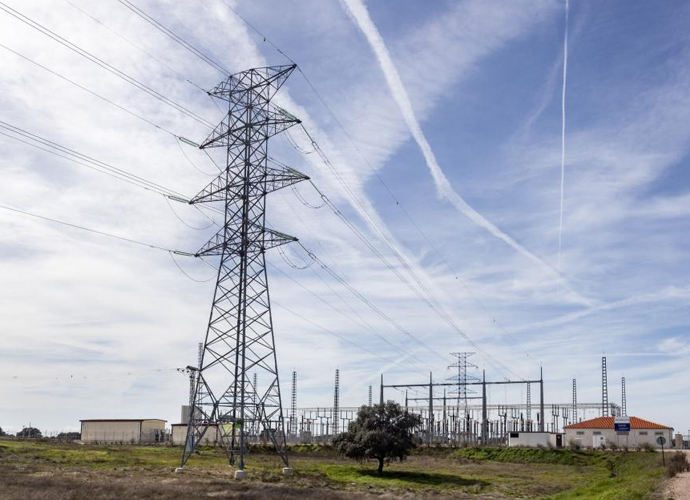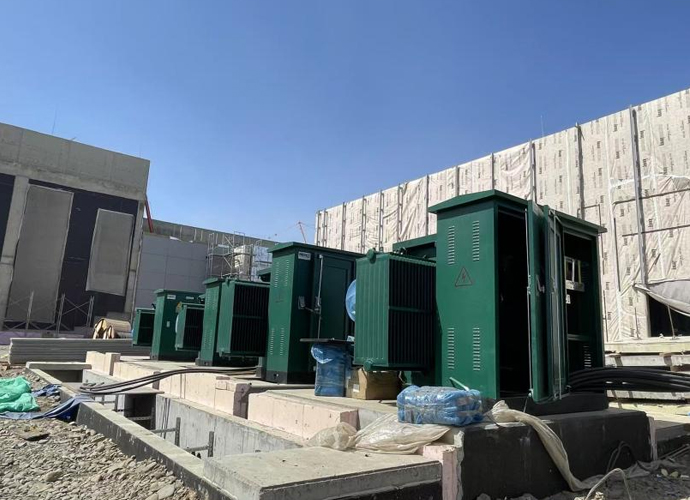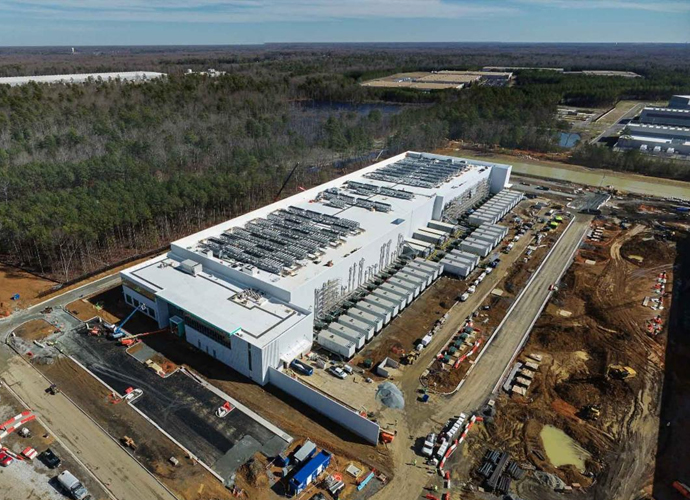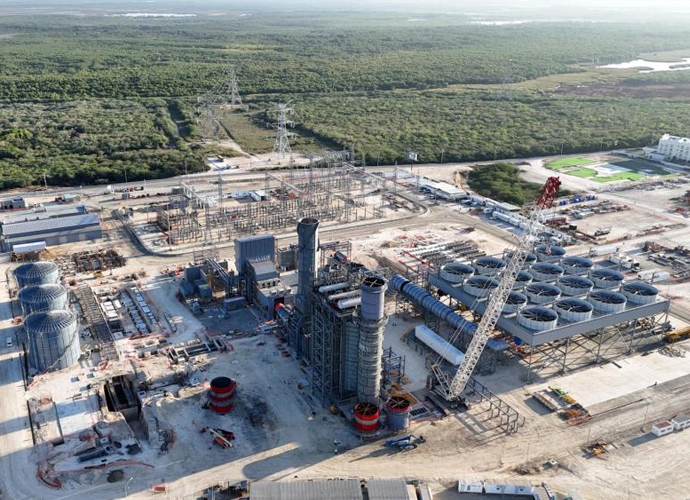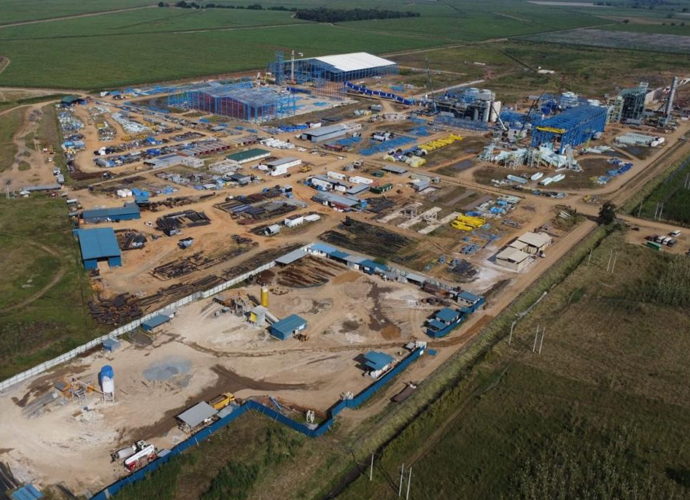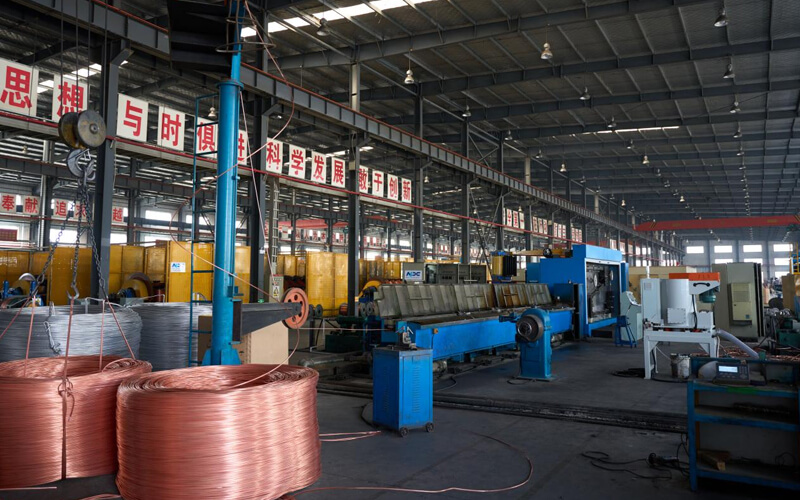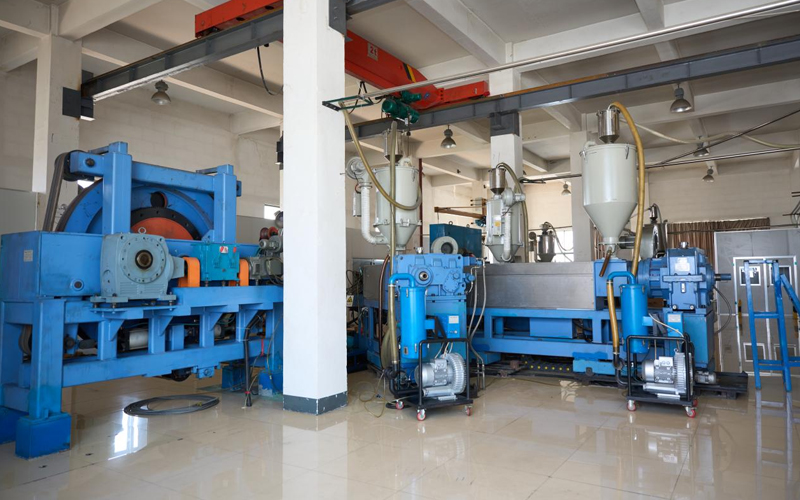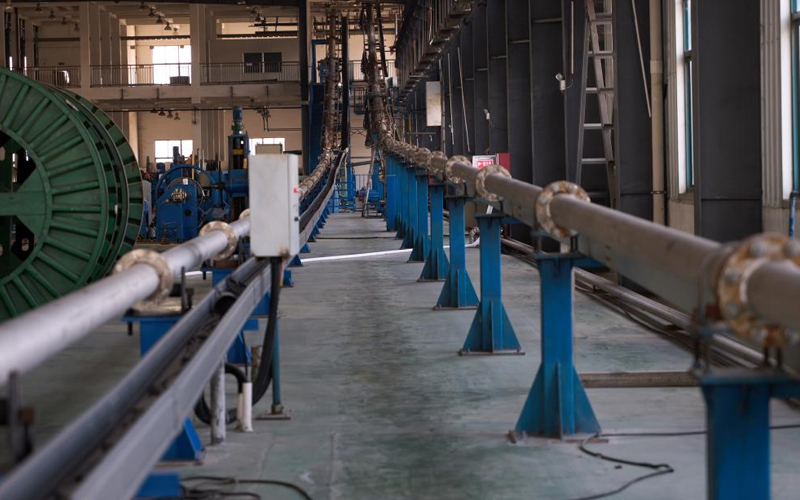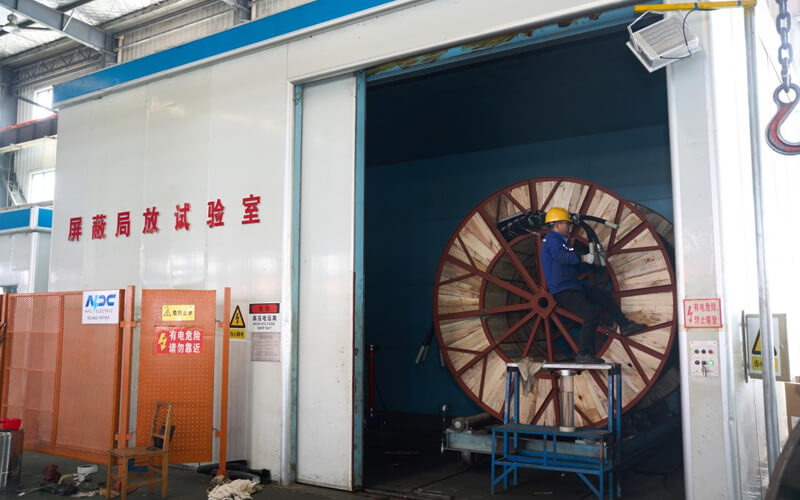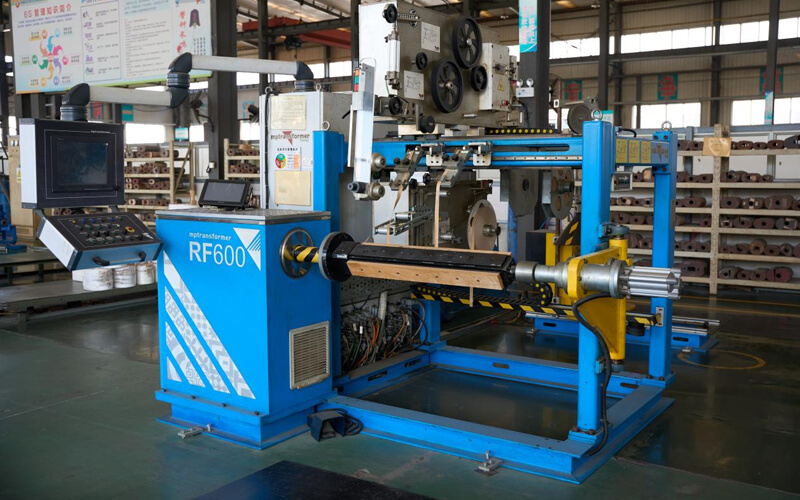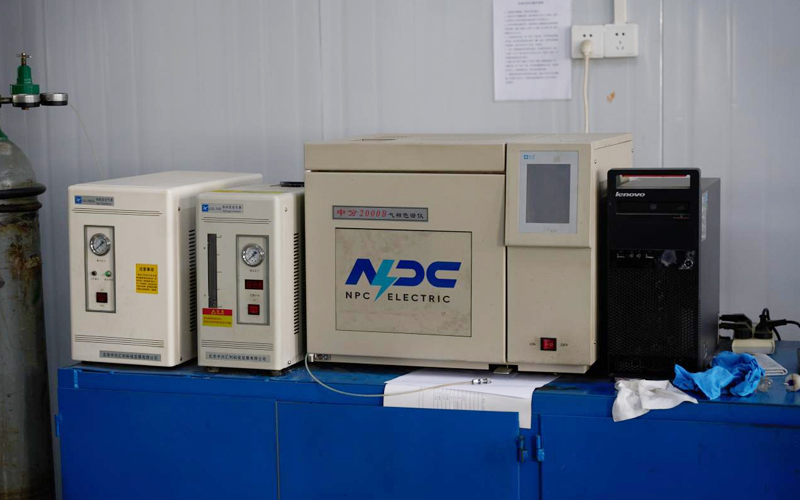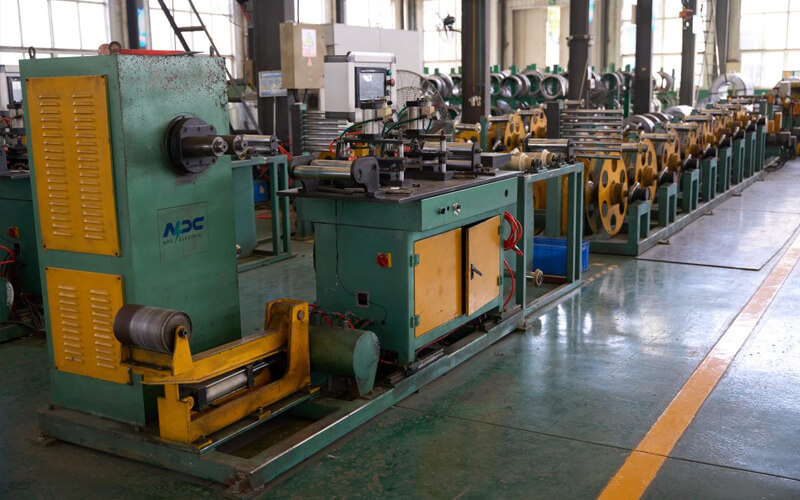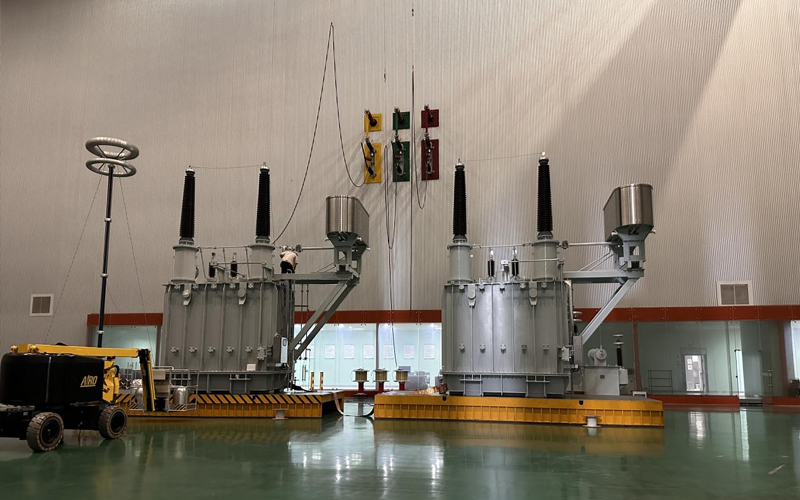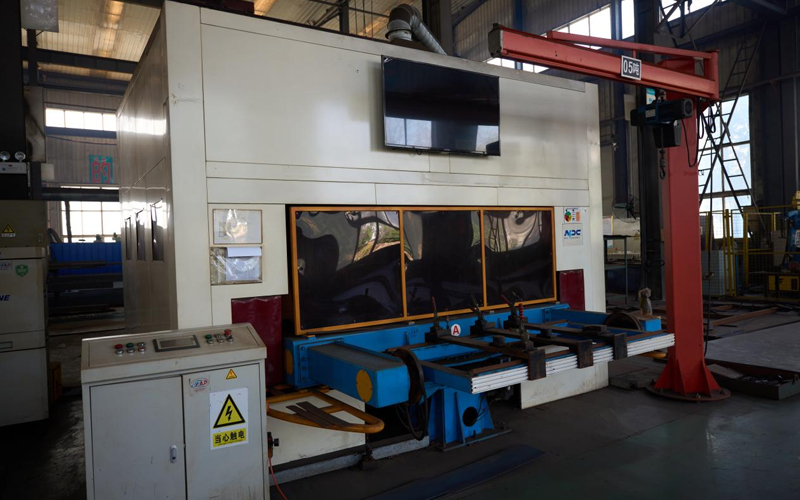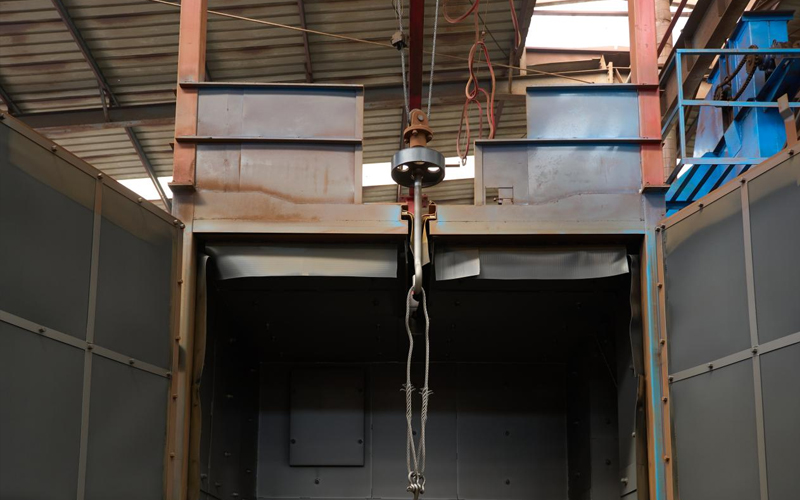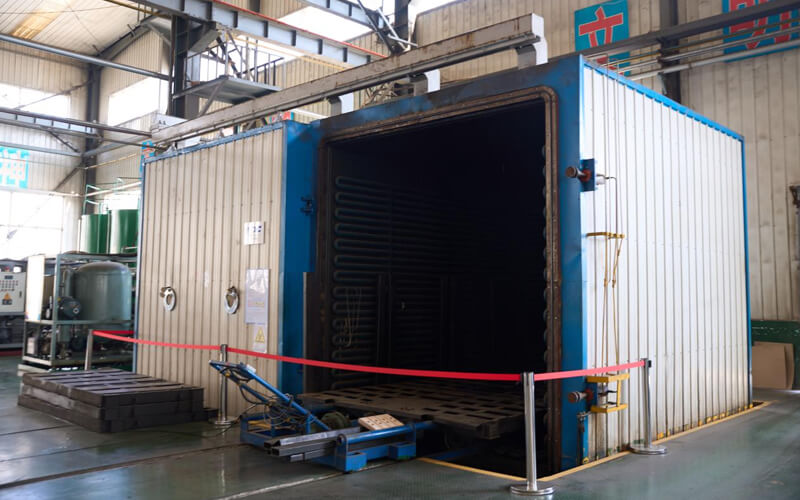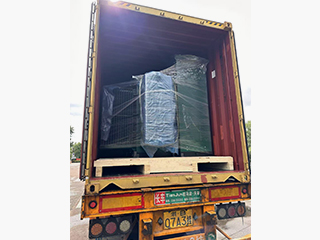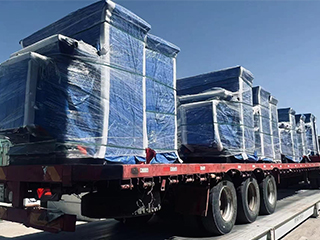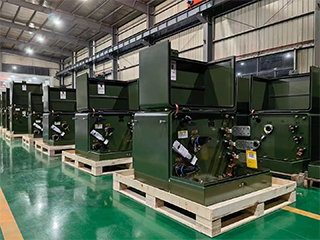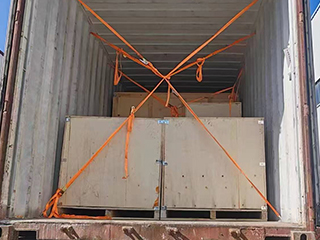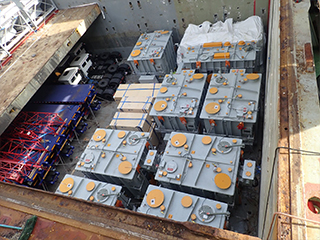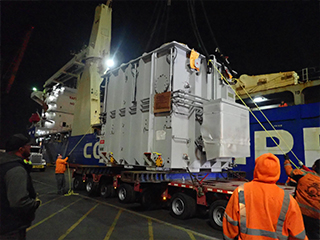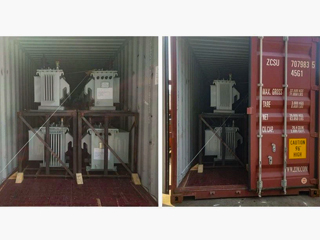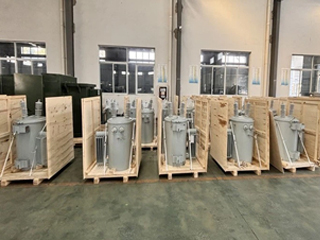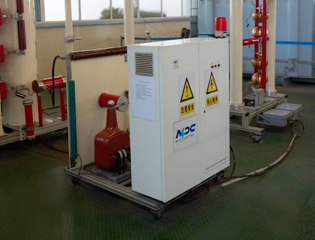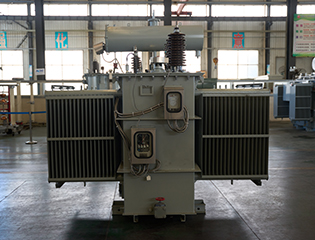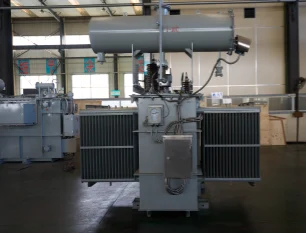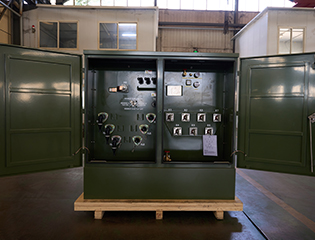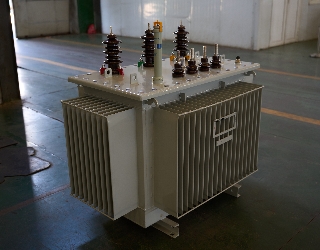400kVA Oil Immersed Transformer
- Primary Voltage Ratings 34.5-19.92/13.8-7.957/13.2-7.62/12.47-7.2, 24.94, 26.25, 33 or others
- Secondary Voltage Ratings 480/277V, 400/230V, 380/220V or customized
- H.V. Tap Range ± 2×2.5% HV taps or others
- Type Oil immersed distribution transformer
- BIL 30/95kV
- Standards IEEE, ANSI, IEC, GB
- Application Commercial Buildings, Agriculture, Power Distribution Substations etc
- Power Rating 400kVA
- Certificate ISO, CE, UL
- Cooling Method ONAN, ONAN/ONAF, KNAN, KNAN/KNAF
- Oil Mineral Oil or FR3
- Opeartion Step Down & Step Up
Technical Specifications
| Technical Specifications | ||
| Rated Power | 400 kVA | |
| Rating Primary Voltage | 2.4 - 34.5kV | |
| Secondary Voltage | 480/277V 400/230V 380/220V Customized |
|
| Frequency | 50/60Hz | |
| Vector Group | Dyn11, Yyn0, Dyn5 | |
| Winding Material | Aluminum/Copper | |
| Efficiency | As IEEE, Doe 2016, CAS Std or Customized | |
| Impedance Voltage | Nominal 2% or Customized 1.1 - 5.75% | |
| Altitude | ≤1,000m or Customized | |
| Color | ANSI 70 Light gray/Munsell 7GY3.29/1.5 or customized, etc | |
| Tank material | Mild Steel, 304 Stainless Steel | |
| Insulating Oil Weight | 525 kg | |
| Total Weight | 1830 kg | |
| Outline Dimensions(L×W×H)in. | 1850 × 1360 × 1940(mm) | |
| HV Bushing |
| LV Bushing |
| Tap changer |
| Oil level gauge |
| Oil temperature indicator |
| Pressure relief device |
| Pressure vacuum gauge |
| Lifting hook for complete transformer |
| Name plate |
| Radiators |
| Oil upper filtering valve |
| Oil drain valve with 3/8" sampler |
Customization Optional
400kVA three-phase oil-immersed transformers have a wide range of optional specifications to fully meet diverse application requirements. In terms of voltage regulation, the tap changer has two options: on-load voltage regulation and off-excitation voltage regulation. On-load voltage regulation can flexibly adjust the voltage according to load changes when the transformer is running without power outages, and is suitable for places with high requirements for voltage stability; off-excitation voltage regulation has a simple structure and low cost, and is suitable for environments with relatively stable voltage.
Packing and Shipping
All packaging boxes and shipping containers are marked with clear handling and warning labels to remind porters to handle with caution. In addition, the outer packaging of the transformer will be reinforced to prevent damage caused by external pressure or collision. For different modes of transportation (land, sea, or air), we will choose the appropriate transportation plan according to the actual situation and select professional logistics companies to operate to ensure that the equipment is delivered to the destination on time and safely. During transportation, the logistics company will pay special attention to the loading and unloading of the transformer to ensure safe operation and prevent unnecessary damage to the equipment. Finally, after the transformer arrives at the destination, we will provide detailed unloading, installation, and operation instructions to ensure that the transformer can be put into use quickly and safely.
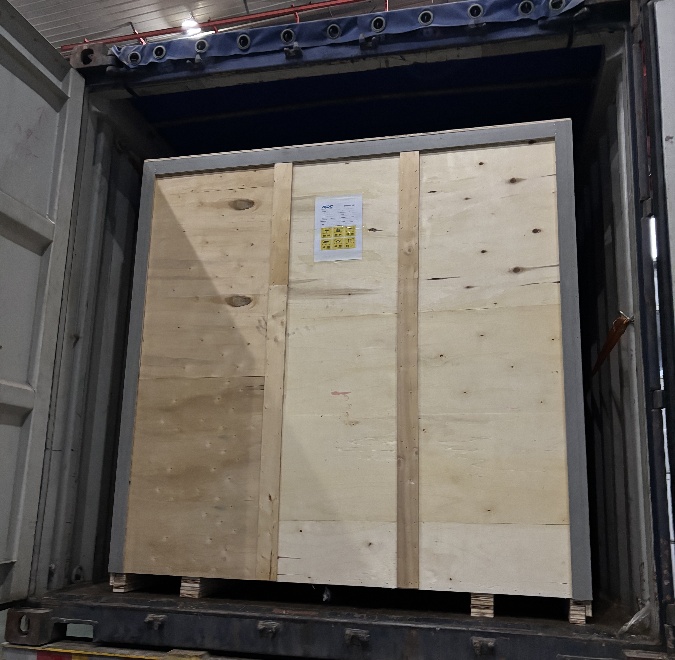
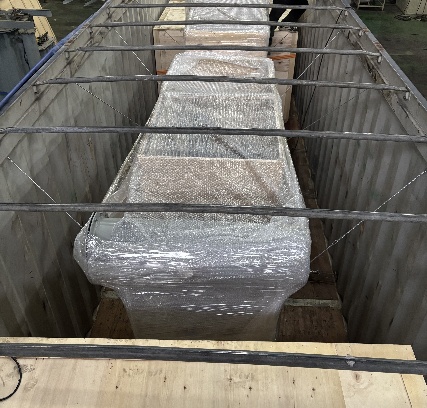
Manufacturer Test
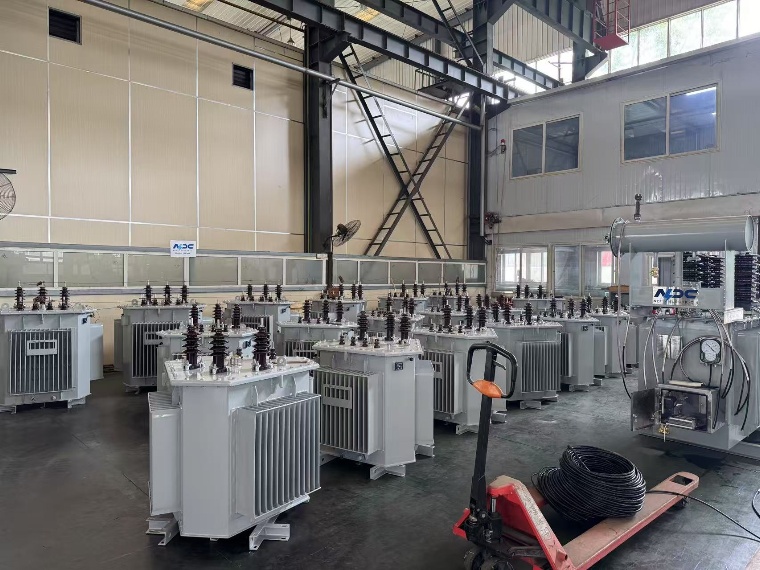
Progress Test
NPC ELECTRIC manufactures three-phase oil-immersed transformers the strict quality control. The process test of 400kV three-phase oil-immersed transformers mainly includes the following contents:
Production process phase test
Winding interlayer capacitance measurement: During the winding process, the interlayer capacitance of the winding is measured regularly. The change of interlayer capacitance can reflect the winding quality and insulation condition of the winding. By monitoring the interlayer capacitance, possible problems in the winding process, such as insulation damage and winding short circuit, can be discovered in time.
Actual measurement of magnetic field distribution after body assembly: After the body assembly is completed, the magnetic field distribution inside the transformer is actually measured using a magnetic field sensor. Compare the designed magnetic field distribution to check whether there are problems, such as magnetic field distortion, to ensure that the electromagnetic performance of the transformer meets the requirements.
Coating adhesion test after tank painting: After the tank is painted, the adhesion of the coating is tested by the cross-cutting method or the pull-off method. The adhesion of the coating directly affects the anti-corrosion performance of the tank. The test ensures that the coating can be firmly attached to the surface of the tank to prevent the coating from falling off and causing the tank to rust.
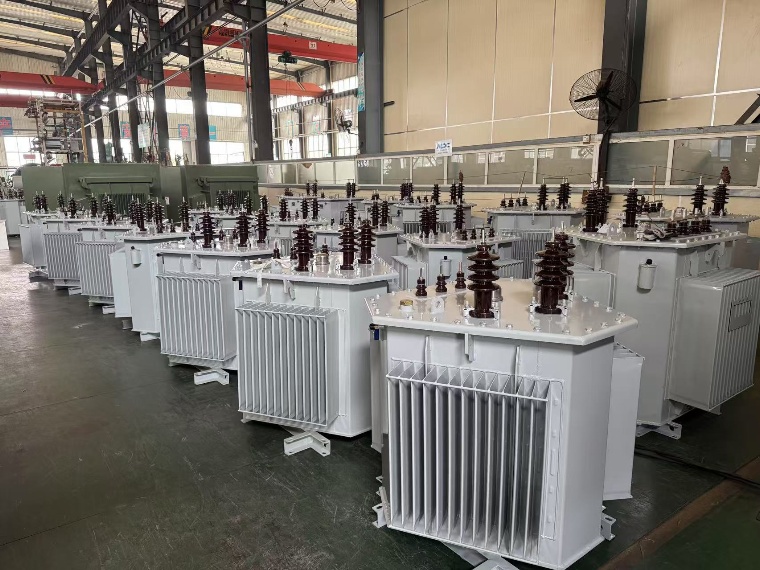
Design Tests
All transformer will be test after finished the production, test items as below:
♦ Insulation Power Factor
♦ Ratio, Polarity, and Phase Relation
♦ Winding Resistance
♦ Impulse Tests
♦ On load Loss Test
♦ No Load Loss Test
♦ Leak Test
♦ DC Insulation Resistance Test
♦ Transformer Turns Ratio/TTR (All Tap Voltages)
♦ Impedance Voltage & Load Loss (Rated Voltage)
♦ Polarity, 1-Ph / Phase Relation, 3-Ph (Rated Voltage)
♦ Excitation & No-Load Loss (Rated Voltage)
♦ Applied Voltage
♦ Induced Voltage
♦ Lightning Impulse
♦ Insulation Resistance (Rated Voltage)
♦ Temperature Rise
♦ Dielectric Withstand (Hipot)
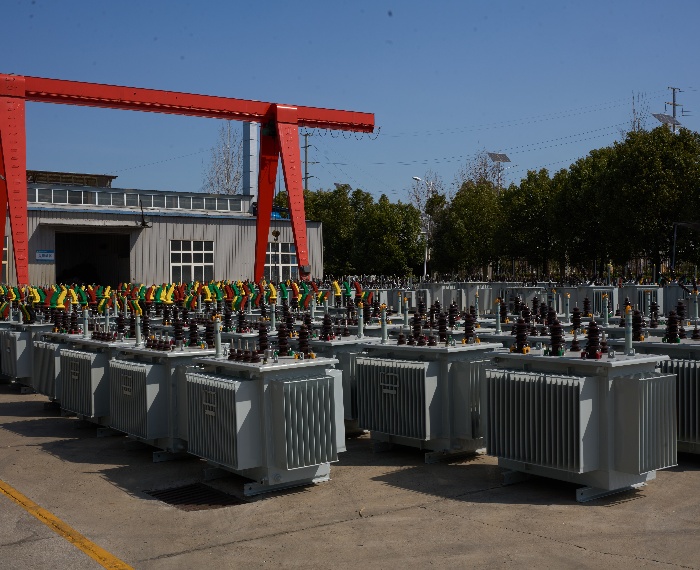
Transformer Factory Acceptance Test
The Transformer Factory Acceptance Test (FAT) for 400kVA three-phase oil-immersed transformers is an essential procedure conducted before shipment to ensure the transformer meets all required standards and performs optimally. During the FAT, several critical tests are carried out:
No-load test: Perform a no-load test to confirm whether the current, voltage, loss, and other parameters of the transformer under no load meet the design requirements.
Load test: Test the voltage, current, power loss, etc. of the transformer under rated load and overload conditions to ensure that the transformer operates stably under different working loads.
Short-circuit impedance test: Test the short-circuit impedance of the transformer to ensure that it will not cause excessive pressure on the transformer in the case of a short circuit and meet the design requirements.
Insulation resistance and dielectric strength test: Measure the insulation resistance of components such as windings and casings to check their insulation performance; at the same time, perform a dielectric strength test on the transformer oil to confirm its good insulation ability.
Temperature rise test: Perform a temperature rise test under rated load to ensure that the transformer can continue to operate stably under high load and will not affect performance due to overheating.
Routine Test - Leak Test
Voltage source (usually 500V, 1 KV or 2.5 KV, customized according to test requirements)
Temperature and humidity meter
Ground electrode
Properly connect the test equipment (such as a leak detector) to the pipe, container or sealing structure of the device under test.
Apply Test Voltage:
Apply the appropriate test pressure (e.g. 10 bar, 15 bar, etc.) depending on the equipment's operating pressure or test standard.
Applied test pressure
Leakage (can be monitored by flow meter or other equipment)
Time record (to ensure that the test time meets the standard requirements)
Initial pressure and final pressure (if any changes)
Minor leakage (good): Very small leakage is allowed, and it is necessary to judge whether it is qualified according to industry standards.
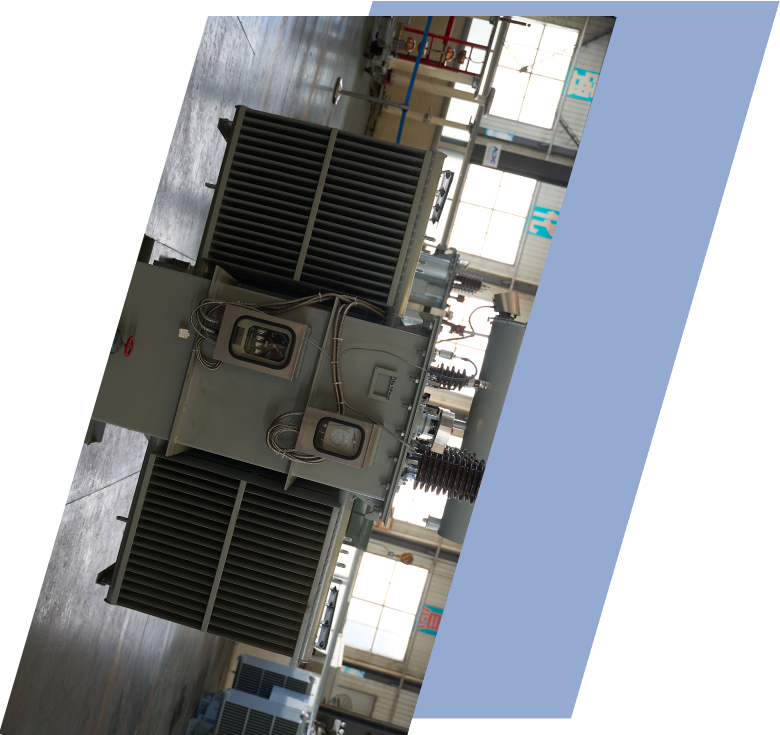
Application
Technical Advantages
Product Packaging
Related Products
FAQ From Customers
-
What is a Transformer?A transformer is an electrical device used to change the voltage of alternating current (AC). It works on the principle of electromagnetic induction, converting high-voltage current into low-voltage current or low-voltage current into high-voltage current. Transformers are widely used in power transmission, distribution systems, and various electronic devices.
-
What are the main uses of a transformer?The main use of a transformer is voltage conversion. Transformers are used in power transmission systems to help transfer electricity from power plants to consumers. In addition, transformers are also used in electronic devices such as chargers, televisions, power adapters, etc., to adjust the voltage to meet the requirements of different devices.
-
Do you have UL listed?Yes, our transformer has UL listed. We have exported to America many pad mounted transformer,substation transformer and HV.

